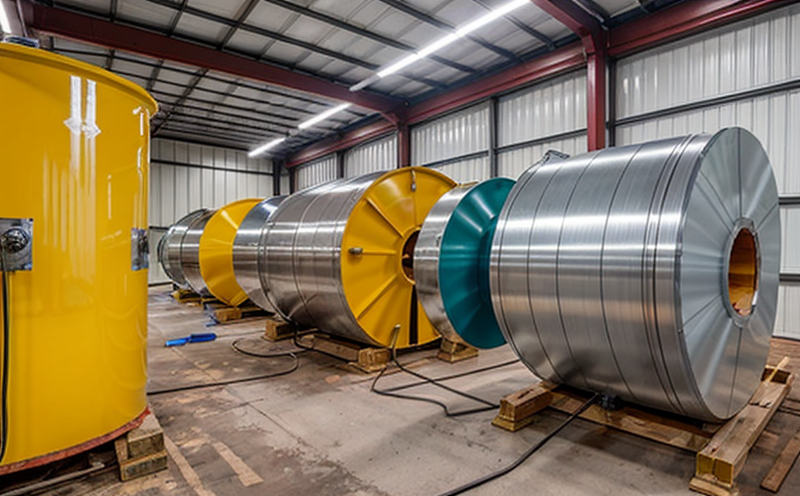ASTM D2485 Heat Resistance Testing of Coatings
The ASTM D2485 heat resistance test is a critical procedure used to determine the maximum exposure temperature at which coatings remain functional and adhere effectively. This testing method is especially important for marine and ship equipment where exposure to high temperatures can occur frequently due to engine exhaust, hot surfaces, or environmental conditions.
The test involves exposing coated specimens to increasing temperatures over a specified time period while observing the behavior of the coating. The primary goal is to assess how well the coating withstands heat without compromising its performance characteristics such as adhesion and durability. Understanding these properties ensures that coatings used in marine environments are reliable and capable of withstanding harsh conditions.
This testing method plays a crucial role in quality assurance processes, ensuring that products meet regulatory requirements and customer specifications. For instance, compliance with international standards like ISO 16232 or ASTM D4585 is essential for manufacturers aiming to enter specific markets globally. By conducting rigorous heat resistance tests according to ASTM D2485, companies can demonstrate their commitment to producing high-quality marine coatings that are not only effective but also environmentally friendly.
During the test, specimens are exposed to controlled heating conditions which simulate real-world scenarios where materials might be subjected to elevated temperatures. Specimens may include various types of coatings such as paints, varnishes, and primers used in shipbuilding and repair industries. The results from these tests help engineers design better products by identifying potential weaknesses early on.
The application of ASTM D2485 extends beyond just determining maximum exposure temperature; it also provides valuable insights into the thermal stability of coatings under different conditions. This information is vital for optimizing production processes, selecting appropriate raw materials, and improving overall product performance. In addition to standardizing testing procedures across industries, this approach helps maintain consistency in quality standards worldwide.
Applied Standards
| Standard | Description |
|---|---|
| ASTM D2485-19 | This standard specifies the procedure for determining the heat resistance of coatings by measuring their retention of adhesion and other properties after exposure to elevated temperatures. |
| ISO 16232:2007 | An international standard that provides guidelines on evaluating the resistance of paints and related products against heat aging. |
Why Choose This Test
- Ensures compliance with industry regulations and standards.
- Provides critical data for improving product performance.
- Offers a standardized method for assessing heat resistance across various coatings.
- Supports quality control efforts in manufacturing processes.
Use Cases and Application Examples
- In the development of new marine coating formulations to ensure they meet specific temperature tolerance levels required by shipyards.
- During quality assurance checks at manufacturing facilities to verify that coatings adhere properly even after being subjected to high temperatures.
- For testing existing coatings used in retrofitting older ships with modern, more durable materials.





